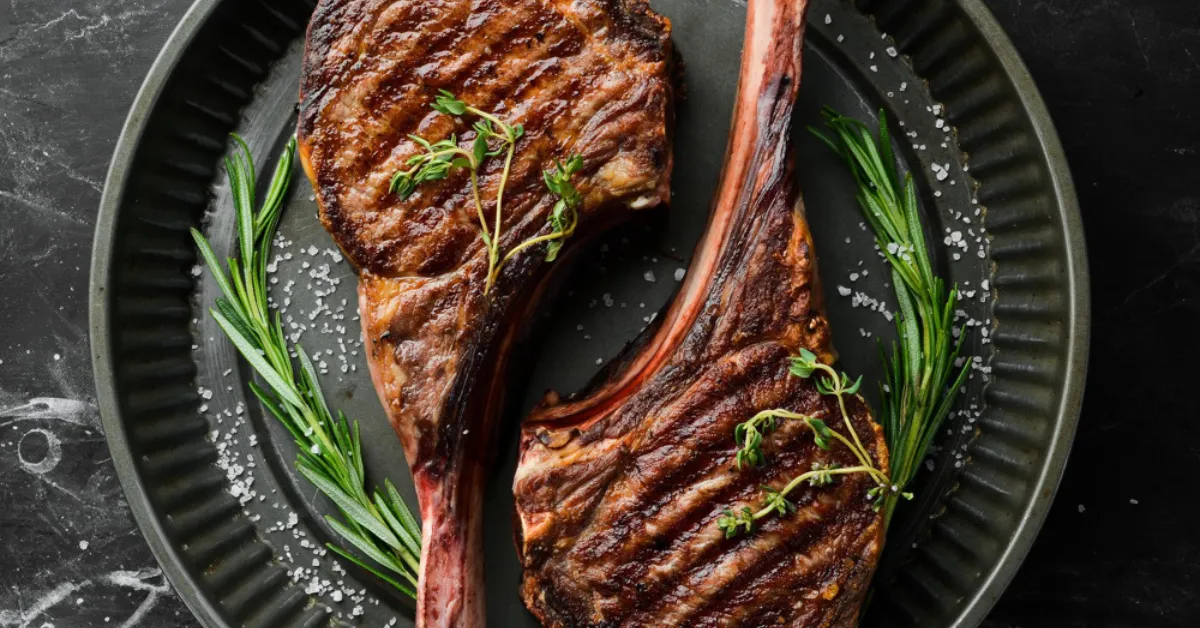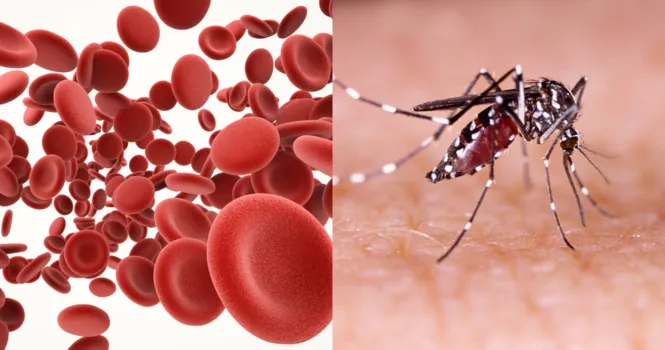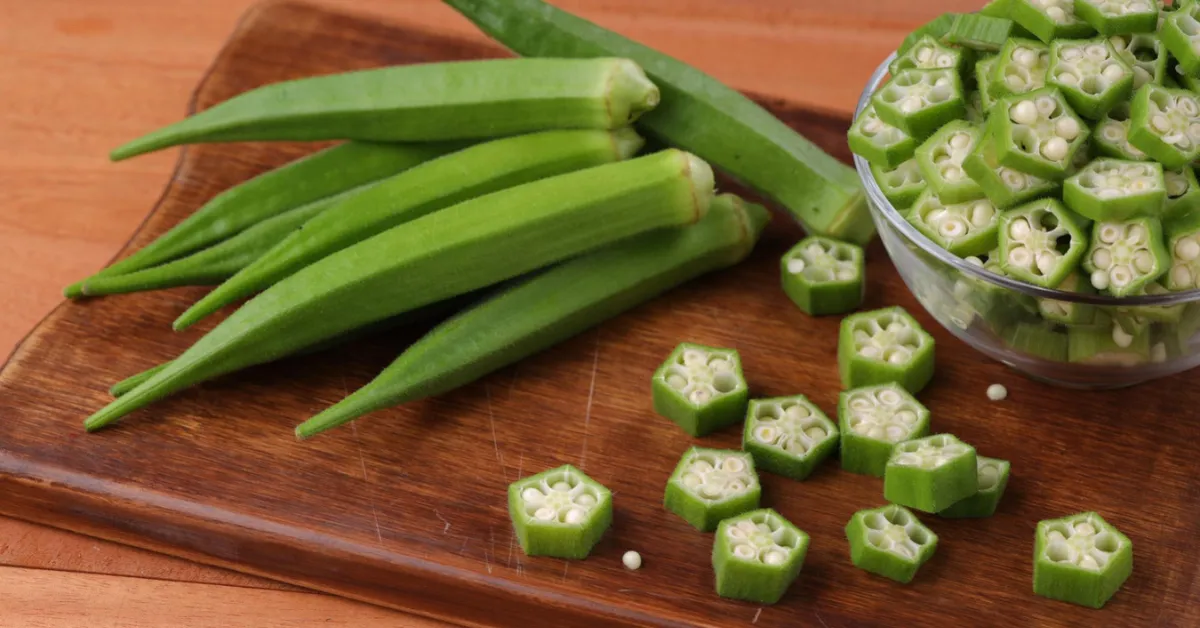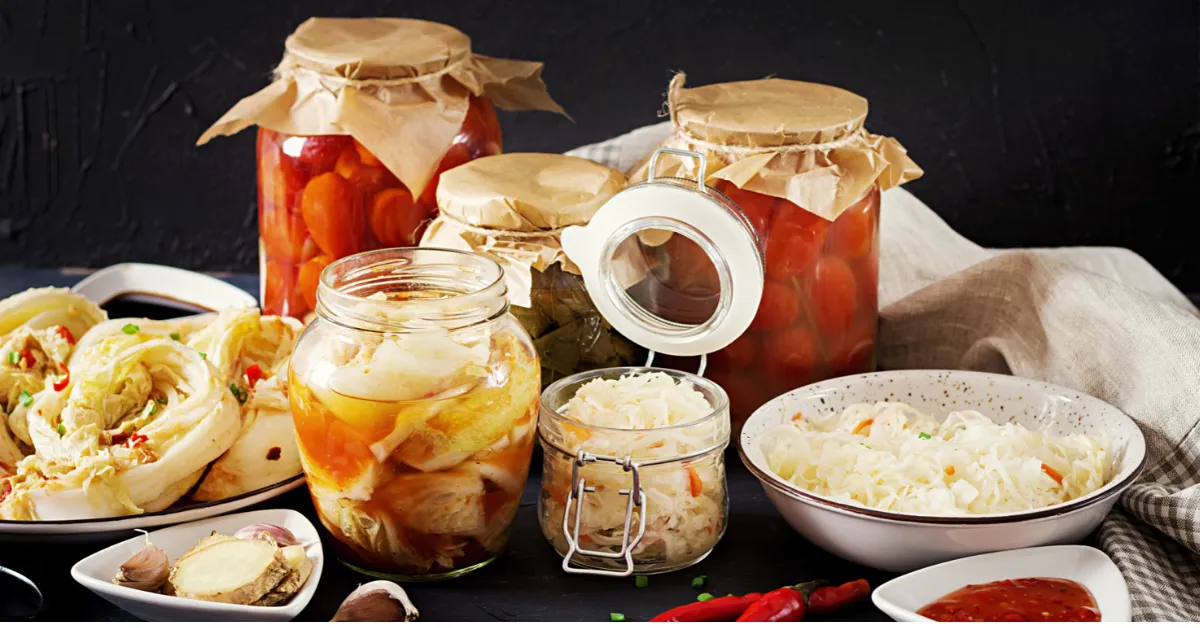Lentils (Dal) Calories: Your Essential Nutritional Overview
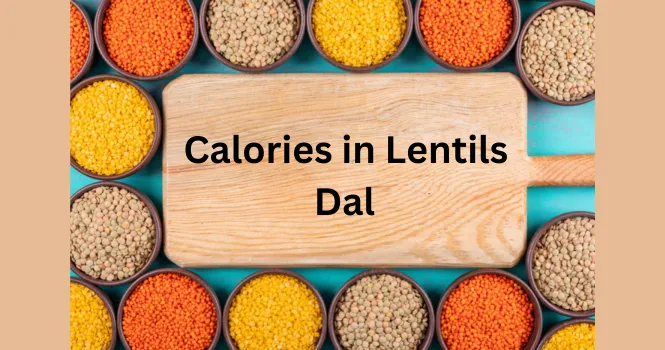
What is Dal ?
Dal, a staple in many South Asian cuisines, refers to both the ingredients – dried, split pulses like lentils, peas, and beans – and the dishes made from these pulses. Producers typically split these pulses and strip them of their outer hulls to make them quicker to cook and easier to digest.
Types of Dal ?
There are numerous types of dal, each with its unique taste, texture, and nutritional profile. The common types are,
1. Toor Dal (Split Pigeon Peas): A staple in Indian cooking, toor dal is high in protein and fiber. It’s commonly used in dishes like sambar and dal tadka.
2. Moong Dal (Split Mung Beans): This type of dal is light and easy to digest, often recommended for those with dietary restrictions. It’s used in soups, stews, and even desserts.
3. Masoor Dal (Split Red Lentils): Known for its fast cooking time, masoor dal is rich in protein and a good source of potassium and iron. It’s often used in soups and curries.
4. Chana Dal (Split Chickpeas): Chana dal, known for its slightly sweet and nutty flavor, packs a rich amount of fiber and protein. Cooks frequently use it in dishes like dal fry and various snacks.
5. Urad Dal (Split Black Gram): High in protein and fiber, urad dal is also rich in iron. It’s a key ingredient in South Indian dishes like idli and dosa.
6. Rajma (Kidney Beans): Though technically a bean, rajma is often grouped with dals. It’s high in protein, fiber, and several key vitamins and minerals.
7. Chickpeas (Garbanzo Beans): Chickpeas, both in their whole and split form, are a great source of protein and fiber. They’re used in a variety of dishes, including chana masala.
Each type of dal has its unique nutritional benefits and culinary uses, making them a versatile and important component of many diets.
Calories and Protein in different types of Dal
| Type of Dal | Serving Size (cooked) | Calories (approx.) | Protein (approx.) |
| Toor Dal (Pigeon Peas) | 1 cup (198g) | 200 calories | 11g |
| Moong Dal (Mung Beans) | 1 cup (202g) | 212 calories | 14.2g |
| Masoor Dal (Red Lentils) | 1 cup (198g) | 230 calories | 17.9g |
| Chana Dal (Chickpeas) | 1 cup (196g) | 269 calories | 14.5g |
| Urad Dal (Black Gram) | 1 cup (174g) | 234 calories | 14.4g |
| Rajma (Kidney Beans) | 1 cup (177g) | 225 calories | 15.3g |
| Chickpeas (Garbanzo Beans) | 1 cup (164g) | 269 calories |
Note: The values are approximate and can vary based on the specific variety of dal, preparation method, and additional ingredients used.
It’s also important to note that the nutritional content of dal increases when combined with other ingredients, as in traditional dishes. This table provides a basic guideline for the nutritional content of these pulses when cooked and served plain.
Calories and Protein in Dal Dishes
| Dal Dish | Serving Size | Calories (approx.) | Protein (approx.) |
| Dal Tadka (Toor Dal) | 1 cup | 180-220 calories | 9-12g |
| Moong Dal Khichdi | 1 cup | 200-250 calories | 10-15g |
| Masoor Dal Curry | 1 cup | 190-230 calories | 12-16g |
| Chana Dal Fry | 1 cup | 210-260 calories | 11-14g |
| Urad Dal with Spinach | 1 cup | 160-200 calories | 8-12g |
| Rajma Masala (Kidney Beans) | 1 cup | 220-270 calories | 13-17g |
| Chole (Chickpea Curry) | 1 cup | 240-290 calories | 9-13g |
| Sambar (with Toor Dal) | 1 cup | 160-210 calories | 6-9g |
| Dal Makhani (Urad Dal) | 1 cup | 250-300 calories | 10-15g |
Note: These nutritional values are estimates and can differ greatly. The recipe, cooking method, and specific ingredients impact these values. For example, adding oil, ghee, or coconut milk can greatly increase a dish’s calories. Similarly, including protein-rich ingredients like paneer or vegetables can alter the protein content.
Frequently Asked Questions
Is Dal good for losing weight?
Yes, dal can be a beneficial part of a weight loss diet. It is high in protein and fiber, both of which are key nutrients for weight loss.
Protein can help in building and repairing muscles, especially if you’re including exercise in your weight loss plan.
Fiber, on the other hand, aids in digestion and can keep you feeling fuller for longer, reducing the likelihood of overeating.
Also, dals have a low glycemic index, which means they don’t cause rapid spikes in blood sugar levels, making them suitable for sustained energy release.
However, portion control and preparation methods are crucial. Dal should be prepared with minimal oil and should be part of a balanced diet including a variety of other healthy foods.
Which Dal has most protein?
Of the commonly consumed dals, Masoor Dal (red lentils) and Moong Dal (mung beans) are often recognized for having the highest protein content.
Masoor dal is particularly rich in protein, making it a great choice for those looking to increase their protein intake. It’s also relatively quick to cook and easy to digest.
Moong dal is another excellent source of protein and is often recommended for its ease of digestion and nutrient density.
👉 Concerned about uric acid levels? Find out if moong dal increases uric acid and whether it’s safe for those with gout or kidney issues.
It’s important to note that while these dals are high in protein, combining them with a source of complex carbohydrates like rice or whole wheat bread can provide a more complete protein profile, particularly beneficial in vegetarian and vegan diets.
![]()



